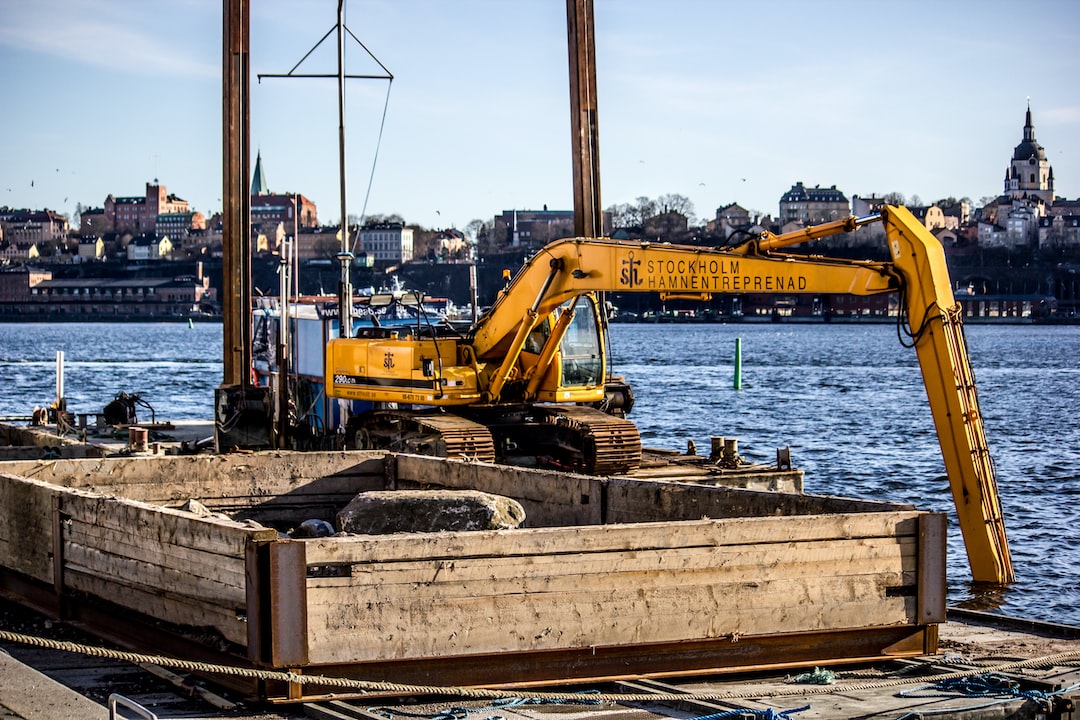Addressing the Challenges of Noise Control in Industrial Environments
Industrial environments are often filled with various machines and processes that generate significant levels of noise. These noise levels can potentially cause harm to the health and safety of the workers and even affect the nearby communities. Therefore, it is crucial for industries to address the challenges of noise control effectively.
One of the key approaches in tackling industrial noise control is through the involvement of a structural architect. A structural architect plays a vital role in designing buildings and structures with the aim of mitigating noise problems. They have specialized knowledge in creating structures that are acoustically sound, and they work closely with other professionals, such as engineers and acoustic consultants, to develop solutions.
The role of a structural architect in noise control involves evaluating the noise sources in an industrial environment and determining their impact on the surrounding areas. By understanding the specific noise characteristics and requirements of the industry, they can design buildings and structures that effectively reduce noise transmission.
One of the primary methods used by structural architects in industrial noise control is the incorporation of sound barriers and insulation materials. These barriers can be designed to absorb or redirect sound waves, preventing them from propagating to sensitive areas. Additionally, specialized insulation materials can help reduce the transfer of airborne and impact noise through walls, ceilings, and floors.
Moreover, structural architects utilize their expertise in creating proper ventilation systems. These systems are designed to minimize noise pollution while providing adequate airflow for ventilation requirements in industrial facilities. By carefully considering the placement and design of ventilation systems, the architect can effectively reduce noise levels without compromising the overall functionality of the industrial operations.
In some cases, the structural architect may also suggest layout modifications to minimize noise propagation. By strategically arranging machinery and equipment, they can create barriers and distance between noise sources and sensitive areas. This can significantly reduce the impact of noise on workers, enabling them to operate in a safer and more comfortable environment.
Ultimately, the involvement of a structural architect in industrial noise control is essential for effective and long-term solutions. Their expertise in designing acoustically sound structures, incorporating sound barriers, selecting suitable insulation materials, and optimizing ventilation systems greatly contribute to reducing noise levels in industrial environments.
In conclusion, industrial noise control is a complex challenge that requires skilled professionals, including structural architects, to address effectively. By involving a structural architect in the planning and design stage of industrial facilities, industries can implement appropriate measures to minimize noise pollution. Through strategic design, incorporation of sound barriers, insulation materials, and optimized ventilation systems, the harmful effects of noise can be significantly reduced, safeguarding the health and safety of workers and the community.
Publisher Details:
Home | Danmark Engineering
https://www.danmarkengineering.com/
(330) 734-9331
1623 Raber Road, Ste b, Uniontown, Oh 44685
Home | Danmark Engineering

